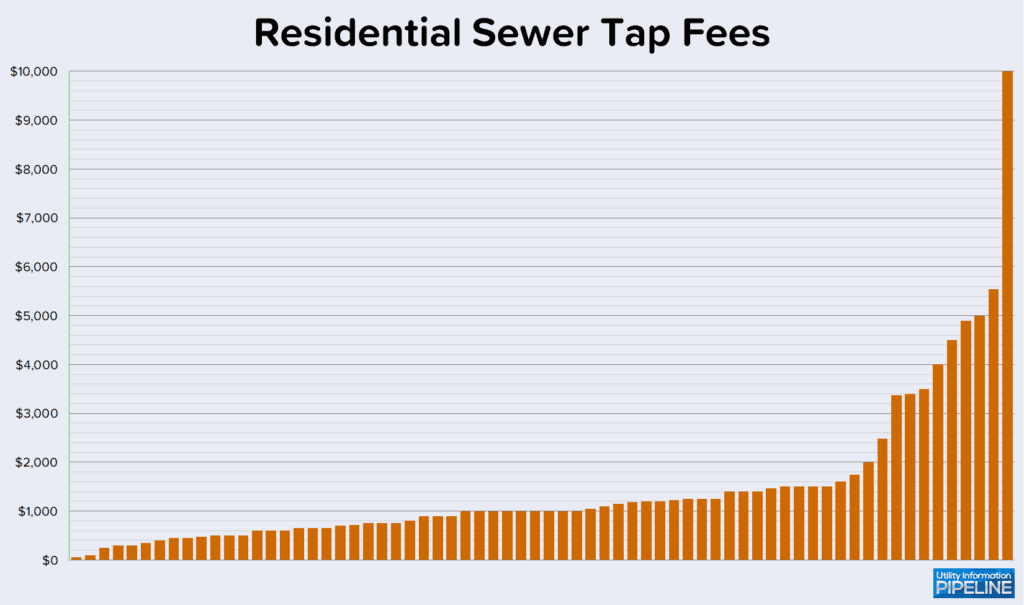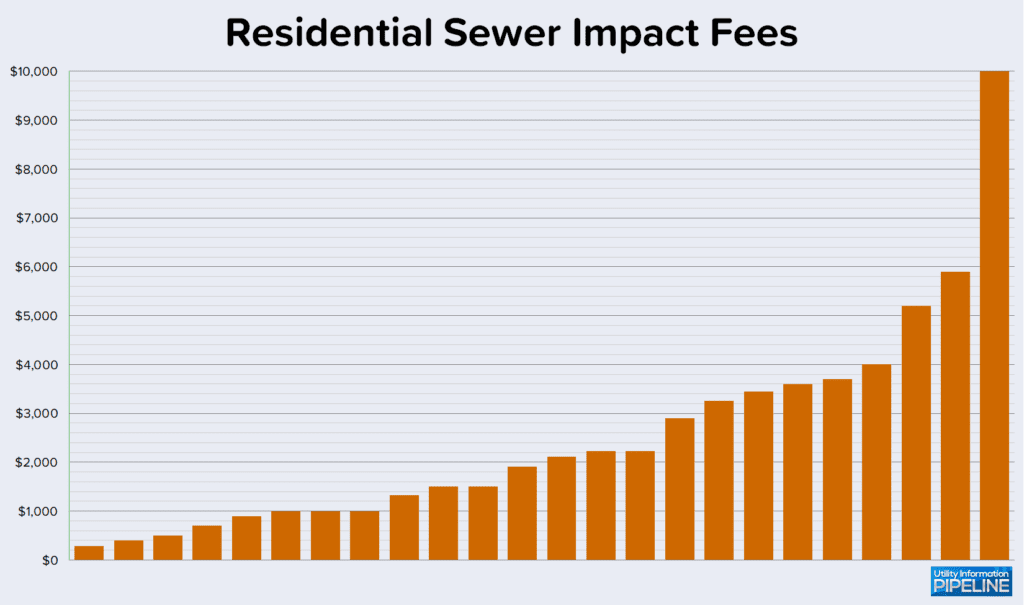Over the course of the past few months, I’ve been conducting the 2023 Utility Fee Survey. This is the fifth Utility Fee Survey dating to 2015, with subsequent fee surveys in 2017, 2019, and 2021. The survey was designed to research what fees utilities charge, how much they charge for each fee, and to see what trends, if any, are occurring with fees.
The Utility Fee Survey is a biennial survey, alternating years with the Utility Staffing Survey.
As was the case in each of the previous surveys, the results include too much information for a single issue. If you’re interested, here are the results from the previous Utility Fee Surveys:
2015 Utility Fee Survey Results
2017 Utility Fee Survey Results
2019 Utility Fee Survey Results
2021 Utility Fee Survey Results
This is the first of three consecutive blog posts publishing the results of the 2023 Utility Fee Survey. The other two posts will be published on August 8 and 22.
Demographics of survey respondents
109 utilities, representing 20 states, ranging in size from 84 to 201,730 active accounts participated in the survey. Click on the links below to see charts of the various demographic data:
Size of participating utilities
Size of participating utilities under 20,000 accounts
Services provided by responding utilities
Positions of individuals completing survey
Tap fees and impact fees
The survey started with water and sewer tap and impact fees. There are some key distinctions to bear in mind when comparing tap and impact fees.
Tap fees should recover the cost of making the actual water or sewer tap. This includes direct costs such as labor, materials, and vehicle use as well as any indirect costs associated with completing the tap. Tap fees are classified as operating revenues.
Impact fees, sometimes called availability fees or system development charges, are designed to cover the incremental capital cost of adding an additional user to the water or sewer system. Impact fees are classified as non-operating revenues.
Residential water tap fees charged by utilities responding to the survey range from $50.00 to $5,025.00 as shown below (clicking on the any of the graphics will open a larger image in a new window):

Three other utilities charges based on the time and materials cost incurred for a residential water tap at actual cost.
Utilities responding to the survey charge residential sewer tap fees ranging from $50.00 to $10,000.00 as depicted by this graph:

Four additional utilities charge the actual time and materials cost incurred for a residential sewer tap.
Residential water impact fees charged by utilities responding to the survey range from $200.00 to $8,960.00 as shown in this graph:

Utilities responding to the survey charge residential sewer impact fees ranging from $280.00 to $10,000.00 as shown here:

Upcoming issues
Part II – August 8, 2023
The next issue will deal with delinquent account fees and policies, including late fees, cut-off fees, and after-hours reconnect fees.
Part III – August 22, 2023
The final survey results issue showcases any remaining fees, including application, returned check, meter reread, meter tampering, and convenience fees.
Questions about your fees?
If you have questions about your fee schedule or if it needs updating, please give me a call at 919-673-4050 or email me at gary@utilityinformationpipeline.com to learn how a business review could help you learn the answer.

© 2023 Gary Sanders
